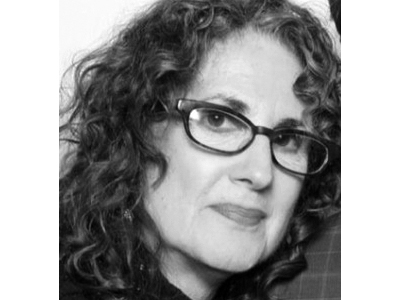
Toni Greenbaum: Arnoldsche art books are some of the most beautifully conceived and designed available on the market. Tell me a bit about the history of Arnoldsche Art Publishers.
Dirk Allgaier: Our publishing house was founded by Dieter Zühlsdorff and Gabriela Arnold in 1987. Zühlsdorff had been working for five years on his encyclopedia of ceramic marks and had been looking in vain for a publisher for it. So without further ado he founded a publishing house himself and named it after his companion, Gabriela Arnold. The Dictionary of Ceramics Marks turned out to be highly successful, going into three editions in all. Quite soon it became clear that it would be a good idea to found a publishing house specializing in the applied arts, addressing topics taken from the fields of jewelry, ceramics, glass, textiles, collectibles, and design because so many publishers were already focusing on fine art. That’s how Arnoldsche came to be the only publishing house worldwide with a definitive focus on the applied arts, even though publications dealing with fine arts also play an important role in our program of titles.
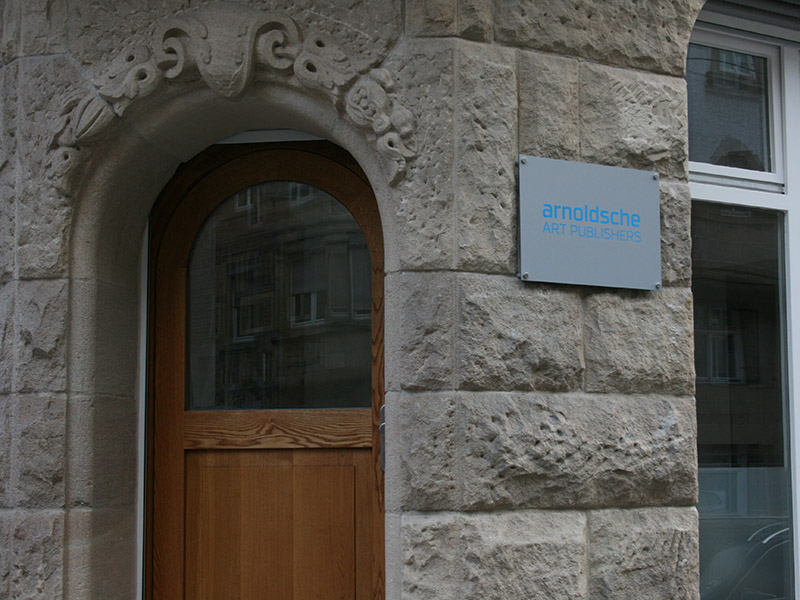
RELATED: Book review of Handful, by Tanel Veenre
RELATED: Book review of Schmuck als urbaner Prozess. Artistic Interventions in Urban Space
RELATED: Book review of On Jewellery, by Liesbeth den Besten
What factors contribute to the superlative look of Arnoldsche publications?
Dirk Allgaier: What has been important since Arnoldsche was founded has been individualizing the link between the content of a publication and book design. Each of our books is entirely distinctive in appearance and design because each subject is individual and, therefore, unique. This must also be reflected in the appearance of our books, in design that is appropriate to content, in the choice of materials used in making the book, in its overall appearance, and, finally, in the finished book meeting the highest quality standards.
How long have you been managing director?
Dirk Allgaier: I started out with Arnoldsche in 1993 as an intern. By 1994 I had been offered permanent employment and in the years that followed I shared in developing Arnoldsche on the international market. In 2015 I jointly bought Arnoldsche Art Publishers from Dieter Zühlsdorff and Gabriela Arnold and took it over.

Arnoldsche appears to be a large firm, given its vast number of publications. But, I believe that, in fact, you have a small staff that works miracles. Can you introduce them to me and describe their roles?
Dirk Allgaier: Yes, we really are a small team. Apart from me, who run the business, Greta Garle and Matthias Becher are in charge of carrying out projects and managing the publishing process of individual books. We are, you might say, the “core team,” who, apart from production, are jointly responsible for marketing, distribution, and our homepage. Winfried Stürzl is responsible for press and public relations. In addition, we collaborate with numerous self-employed freelancers, including graphic designers (notably Silke Nalbach), translators (Joan Clough, for instance), editors (Anja Schrade for the German texts and Wendy Brouwer for English texts), offset lithographers (Repromayer, for example), several printers in Germany and in Slovenia, and, finally, with representatives and distributors who market and distribute our publishing program worldwide.

How many new books do you launch each year?
Dirk Allgaier: We used to publish about 15 to 20 books a year. With our present small but highly professional and ambitious team, we’re publishing exactly 40 new titles in 2019—a record number!
Which subject categories do you favor? How has this changed over the years?
Dirk Allgaier: Our focus is on design, jewelry, ceramics, glass, metal, fashion and textile design, collectibles, fine arts, and African and Asian art. Every field represented in our program has its own unique attraction. Of course, books on contemporary ceramics and contemporary art jewelry are my soft spot because, on the one hand, I’m an active collector in both fields, and, on the other, realizing a publication together with artists is a very satisfying proposition indeed.
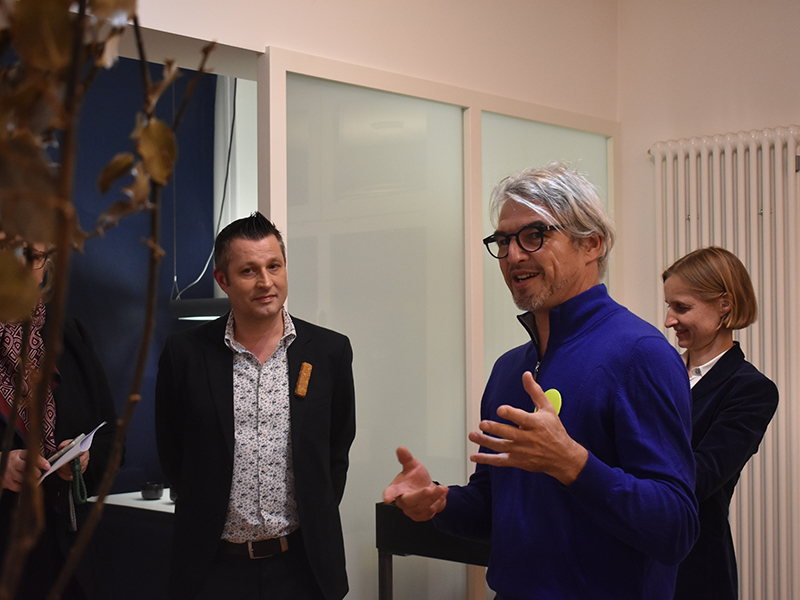
Approximately how many books are published annually on jewelry topics?
Dirk Allgaier: Ten of the 40 books published this year are about jewelry. That’s exactly a quarter of our list. That also makes jewelry the biggest single portfolio in our overall publishing program.
Which periods in the history of jewelry do you emphasize? Why?
Dirk Allgaier: There are numerous extraordinary periods in the history of jewelry. Antiquity––Ancient Greece and Rome, for example––with unsurpassed crafts techniques that nowadays are simply unachievable, or the Renaissance and the Baroque era with their glamour and extreme sumptuousness of execution and materials, or Jugendstil/Art Nouveau and Art Déco with their poetic and symbolic or abstract Minimalist content, respectively. Unsurprisingly, I find the studio jewelry movement that began in the 1940s especially exciting because here jewelry is designed as art with priority given to unequivocally aesthetic considerations, and obvious parallels and links with all the prevailing trends in fine art can be observed.

You mentioned you have a particular interest in contemporary studio jewelry. Why?
Dirk Allgaier: Realizing a book with a contemporary artist is a great experience each and every time. Here I’ve had the honor of working with truly great artists, with the likes of Wendy Ramshaw, David Watkins, and Peter Chang, from England; Georg Dobler and Daniel Kruger, from Germany; Otto Künzli and Bernhard Schobinger, from Switzerland; Peter Skubic and Fritz Maierhofer, from Austria; Bruno Martinazzi and Giampaolo Babetto, from Italy; Tone Vigeland and Liv Blavarp, from Norway; and Marjorie Schick and Thomas Gentille, from the US. And then with younger artists, who––each of them in their own individual ways––are all greatly enriching the contemporary art jewelry scene and reinvigorating it with new ideas. They include Annamaria Zanella, Gisbert Stach, Norman Weber, David Bielander, Doris Betz, and Peter Bauhuis.
Working with contemporary jewelry artists is a very appealing task, so enjoyable. Or collaborating with the Museum of Fine Arts, Houston on publishing Helen Drutt’s world-class jewelry collection––all these are experiences of a lifetime that have had a profoundly formative influence on me, which I wouldn’t have missed for anything.
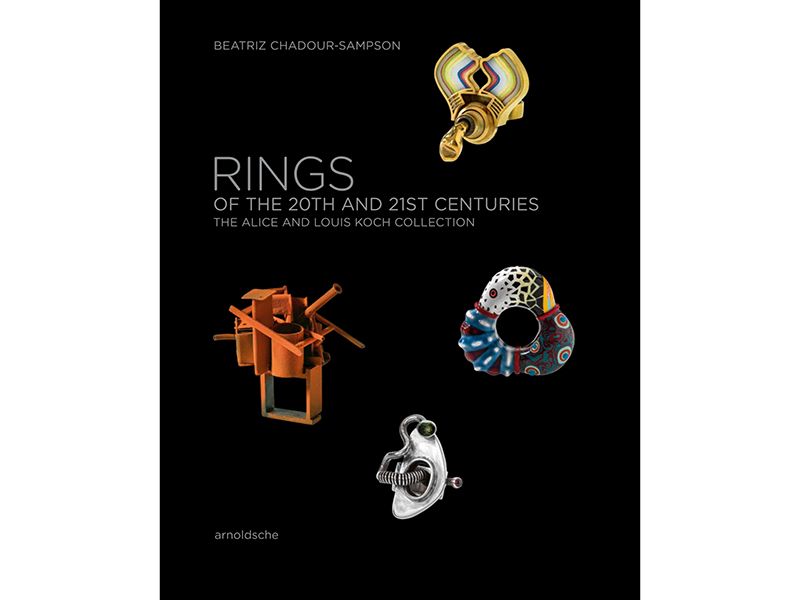
You’ve just returned from the Frankfurt Book Fair. I believe it’s one of the largest, if not the largest, in the world, and certainly one of the most important. Which Arnoldsche books received the most interest this year?
Dirk Allgaier: We’ve had a stand at the Frankfurt Book Fair for more than 30 years. This year there were several bestsellers. In the field of jewelry, the clear winner was the book by Beatriz Chadour-Sampson on 20th- and 21st-century rings from the Alice and Louis Koch Collection. This is a book of superlatives—520 pages featuring 589 rings by more than 500 artists working in jewelry from the Jugendstil/Art Noveau era to the present in nearly 40 countries. Rings have never been published in a format like this before. All the rings are beautifully presented on permanent display at the Schweizerisches Landesmuseum, in Zurich.
From the US in particular there was a great deal of interest in our monograph on Sam Kramer, a pioneering exponent of American Modernism—the one you authored. I hope that in Europe especially this publication will meet with a great deal of interest because this movement in art jewelry is virtually unknown here in Europe. The expressive, organic, and surreal work of that idiosyncratic artist in New York during the 1940s, 1950s, and early 1960s stands, on the one hand, for the political impact jewelry can have––and this long before the political factor began to play a role in Europe in the late 1960s––and, on the other, assimilates trends then prevailing in the fine arts in a way that is definitely specific to jewelry––an absolutely exciting and rewarding discovery! This book will be launched on March 12, 2020, at Galerie Handwerk, in Munich, under the auspices of Schmuck München (Munich Jewelry Week).
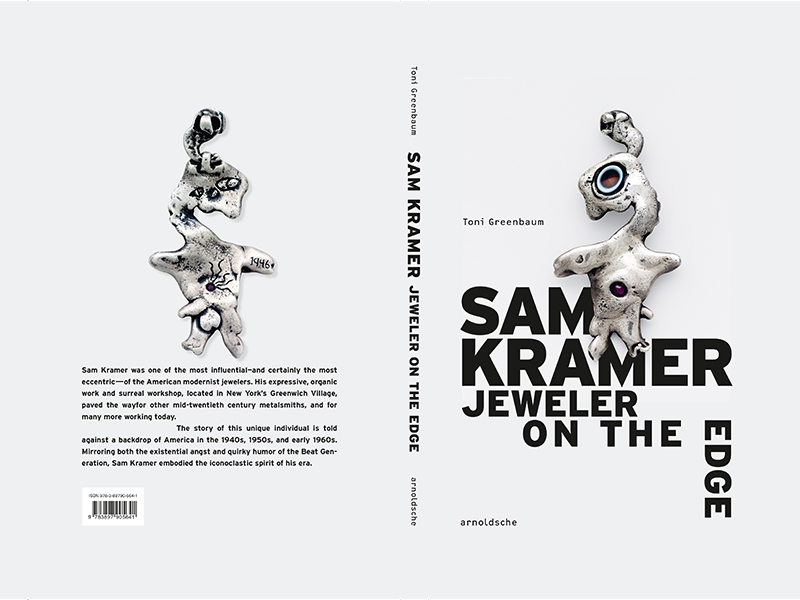
You must get book proposals from prospective authors constantly. What criteria do you use to decide which proposals to accept?
Dirk Allgaier: There are several criteria, including the quality and importance of a particular body of work. The most important factor, however, is the question of whether a book can master the challenges of what is an incredibly large book market. In Germany alone, 70,000 new books are published annually. Every book struggles to make its way here. In the case of younger artists, we often advise them to self-publish a brief monograph without a publisher because such publications cannot find a foothold on the book market, and to wait a few years until they’ve produced a body of work that can. All books must be bilingual, with English always one of the two languages, to attract notice on the international book market.

I had the distinct pleasure of working with Arnoldsche over the past few years as I wrote Sam Kramer: Jeweler on the Edge, so I enjoyed a first-hand experience with your publishing procedure. Could you describe the steps in developing and producing a publication?
Dirk Allgaier: We receive the texts and the illustrations from the artist or the authors. The texts are edited here at Arnoldsche and ideas about layout and date of publication are discussed. Then our graphic designer develops a layout concept, which we discuss together with the artist or author. The next step is designing each individual page and presenting it to check and emend if necessary. To ensure color correctness in the illustrations, proofs are made in advance and checked by the whole team. When all pages are ready for publication, printing goes ahead, and the finished books are delivered to the artist.
We then add this book to our program, that is, we present it in our catalog of publications and on our homepage, distribute it through our representatives in the international book trade, carry out an extensive public relations operation, and launch it at selected book fairs as well as on the national book databases. This way we hope to cover all the bases to ensure the broadest possible dissemination of each subject, matched, we hope, by high book sales.

Dirk, thank you so much for your thoughtful and comprehensive answers. As always, it has been a pleasure working with you.
